Water-resistant vs waterproof headphones: what's the difference?
To submerge or not to submerge
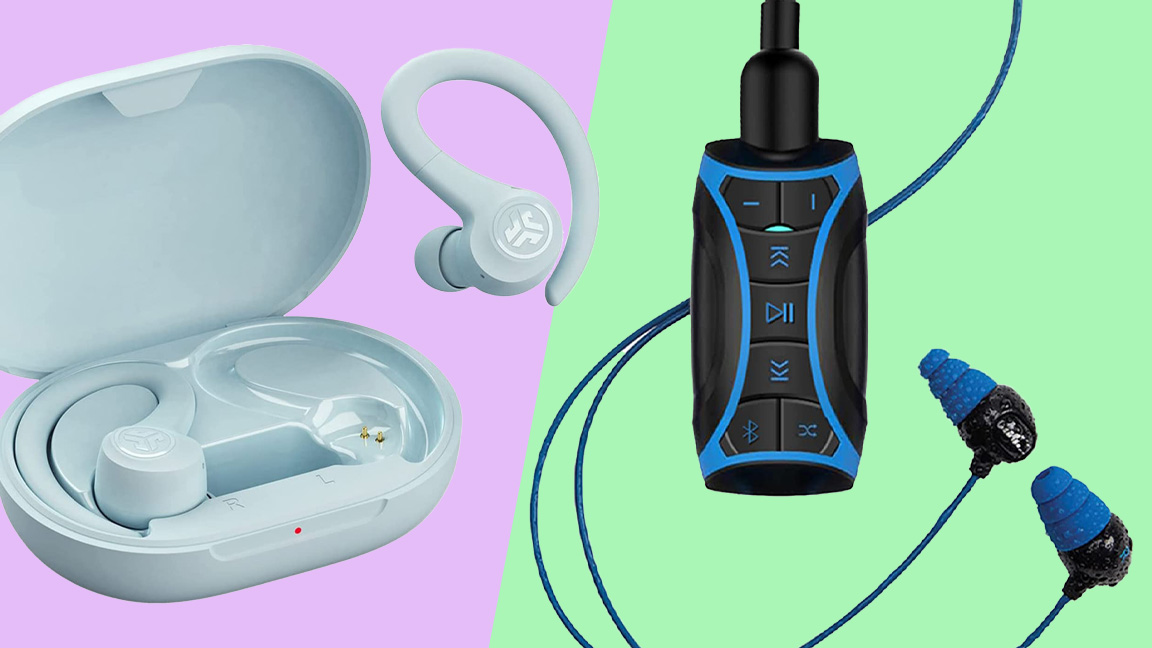
The difference between water-resistant headphones and waterproof headphones matters. While it might seem obvious to tech-heads, many still don’t know the difference between water-resistant headphones and waterproof ones. In fact, most people assume that those two terms mean the same thing and use them interchangeably.
Unfortunately, doing so could be catastrophic to your devices – those headphones you just spent a lot of money on. After all, only one of them means fully-submersible. We thought we’d break it down for those who aren’t so well-versed.
We won’t be naming a winner in each section like we do in many of our versus articles. We’re not here to pit these two different types of headphones against each other and see which one comes out on top. There are water-resistant headphones, and there are waterproof headphones, but they’re not necessarily in competition with each other. Each type serves a different purpose – each specializes in different activities (though there will be overlap).
Instead, we’re here to discuss each type, as well as talk about their strengths and weaknesses. By the end of this, you’ll not only know the difference between water-resistant headphones and waterproof alternatives, but also know which one is best for you.
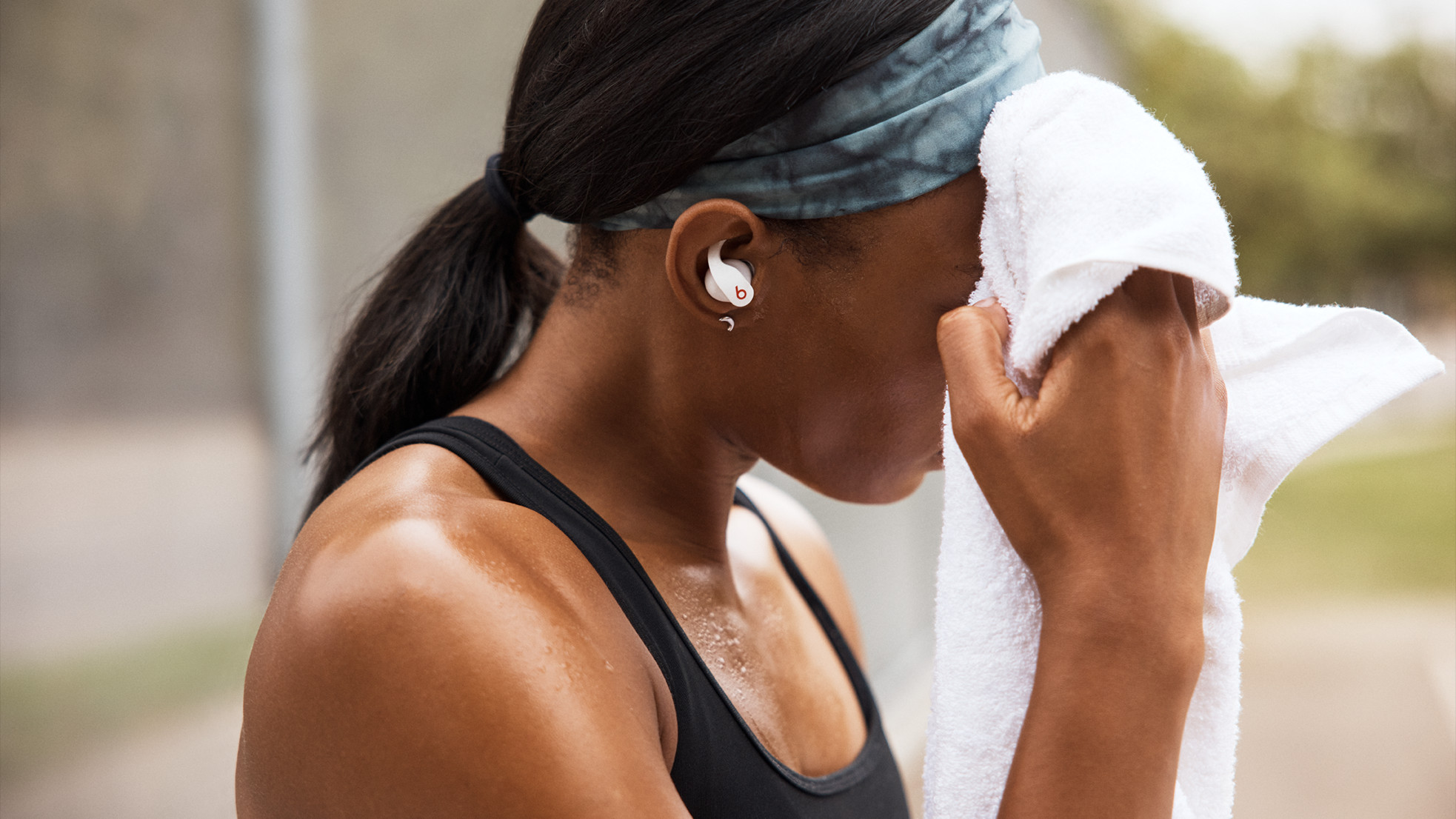
Water-resistant vs waterproof headphones: what exactly is the difference?
- Headphones must have full protection against water to be waterproof
- Water-resistant headphones do not have a complete barrier against water
- Water-resistant headphones cannot be fully immersed in water
To put it simply, waterproof headphones have total protection against water and, therefore, can be submerged in water for a specified period of time. That doesn’t necessarily mean that you can take your waterproof headphones for a proper dive, as most waterproof headphones – even bone conduction headphones – aren’t designed to withstand the hydrostatic pressure and can only be used at one or two meters. However, that still means that they can be immersed in water for 30 minutes or more, which means they’re perfect for swimming, surfing, and snorkeling.
It’s worth noting that while there are some waterproof headphones that offer Bluetooth connectivity, most do not have it. That’s mostly because Bluetooth technology uses 2.40GHz to 2.48GHz radio frequencies that do not work very well in water. Those that do not have Bluetooth do come with their own MP3 player in which you store music files for listening underwater.
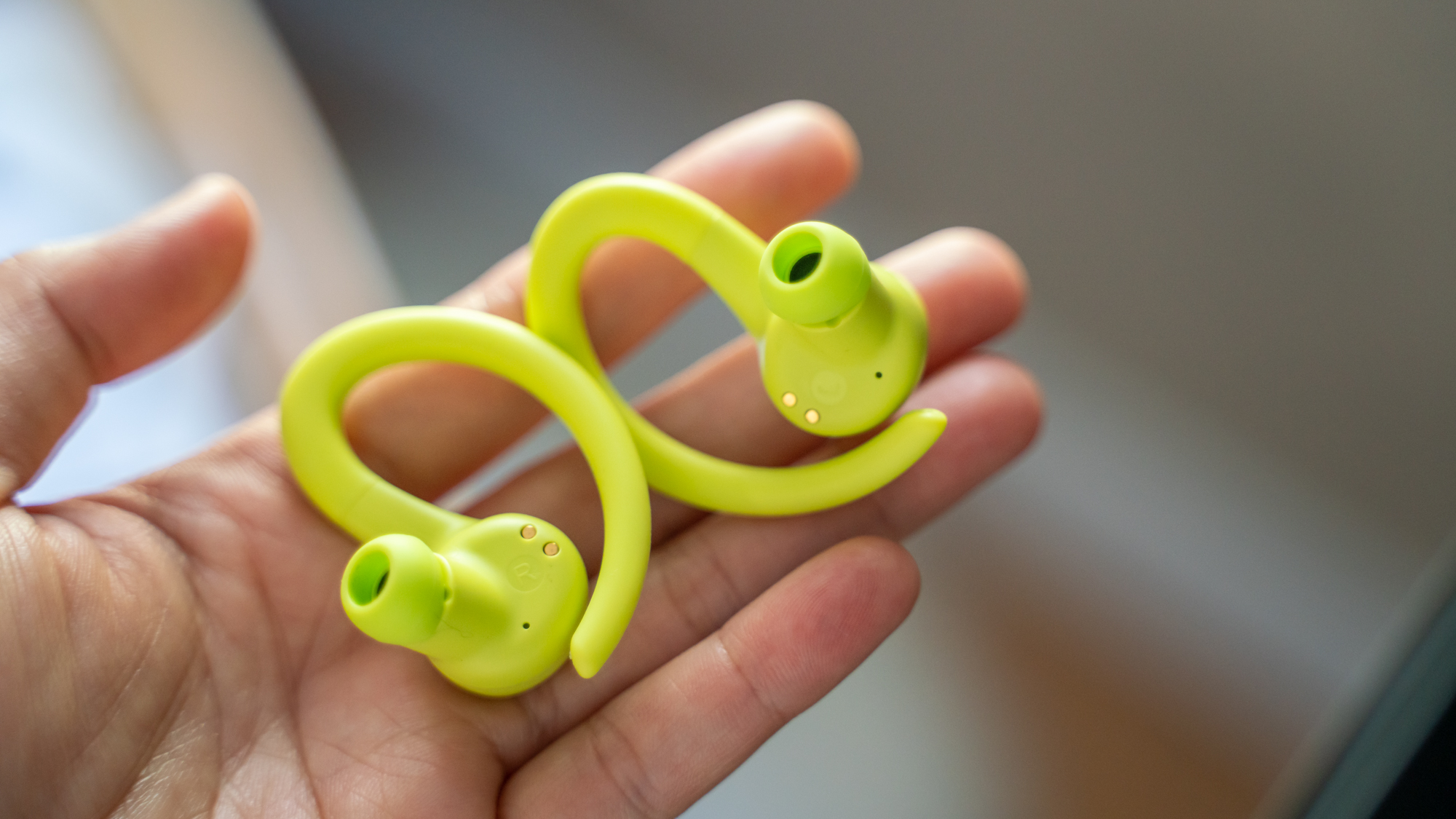
Water-resistant headphones, on the other hand, only have protection against water sprays, splashes, or streams, and are not designed for full immersion. Bear in mind too that there are different levels of water resistance. Some options only have sweat-resistance, which typically means they can only handle water splashes, while others have actual protection against high pressure water jets from any angle. Whatever their water-resistance level is, these headphones are better suited for non-water-immersive activities like working out at the gym, running a marathon, and navigating through rush-hour pedestrian traffic.
How do you know just how much water-resistance or waterproofing a set of headphones comes with? Check its IP "ingress protection" rating. Anything at IPx7 or IPx8 is safe to use underwater while anything with an IPx6 rating or below only has some lower level of water resistance, good for sweat and rain but not submersion.
Water-resistant vs waterproof headphones: price and availability
- You might be hard-pressed to find sub-$50/£50 waterproof headphones
- There are water-resistant headphones at any price range
- Waterproof headphones aren’t as prevalent as water-resistant ones
Waterproof headphones aren’t as widely-available and have fewer models and options than other headphones on the market. That makes sense since not everyone actually needs a pair of waterproof headphones or would use them every day.
In contrast, water-resistant headphones are more popular and more prevalent than ever, with newer models being released every month from different manufacturers. That’s because they’re more in line with what most users need, whether they’re on an outdoor run, doing hot yoga, or just in the middle of a hectic morning commute. You’ll find more options at every price range.
Budget-minded consumers will love the IP55-rated Jlab Go Air Sport that will only cost you $30 / £29. Those who aren’t on a tight budget, on the other hand, can get a mid-range set like the Amazfit Powerbuds Pro or splurge on something like the Beats Fit Pro that costs $199 / £199.
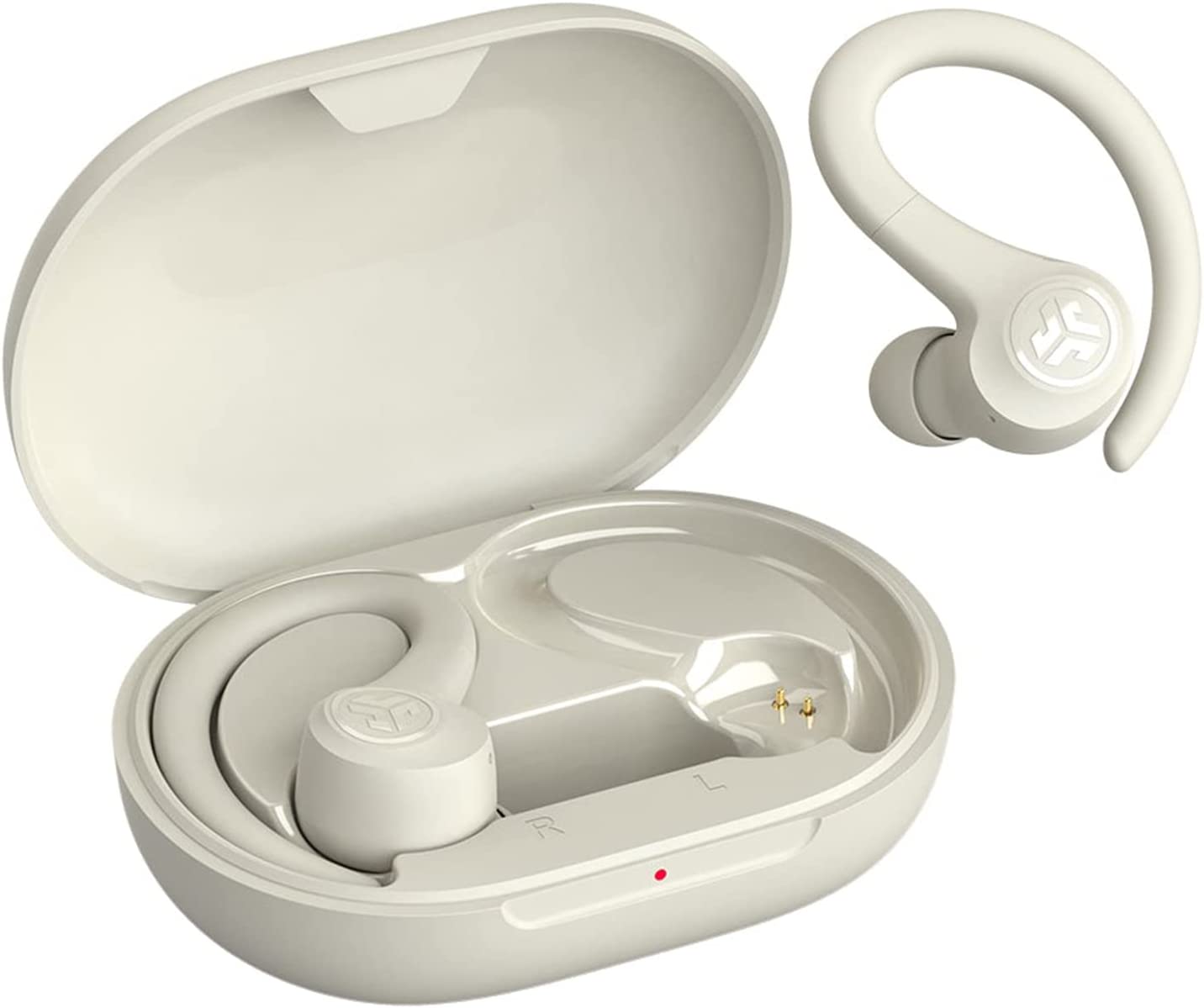
The Jlab Go Air Sport punch above their $30/£29 weight and give rivals three or four times its price a hard run for their money. These workout headphones are definitely making some of the greats sweat, and we’re absolutely here for it.
For
- Secure, comfortable fit
- Great sound quality
- Impressive battery life
- Volume control
Against
- No ANC
- Mic is its weak link
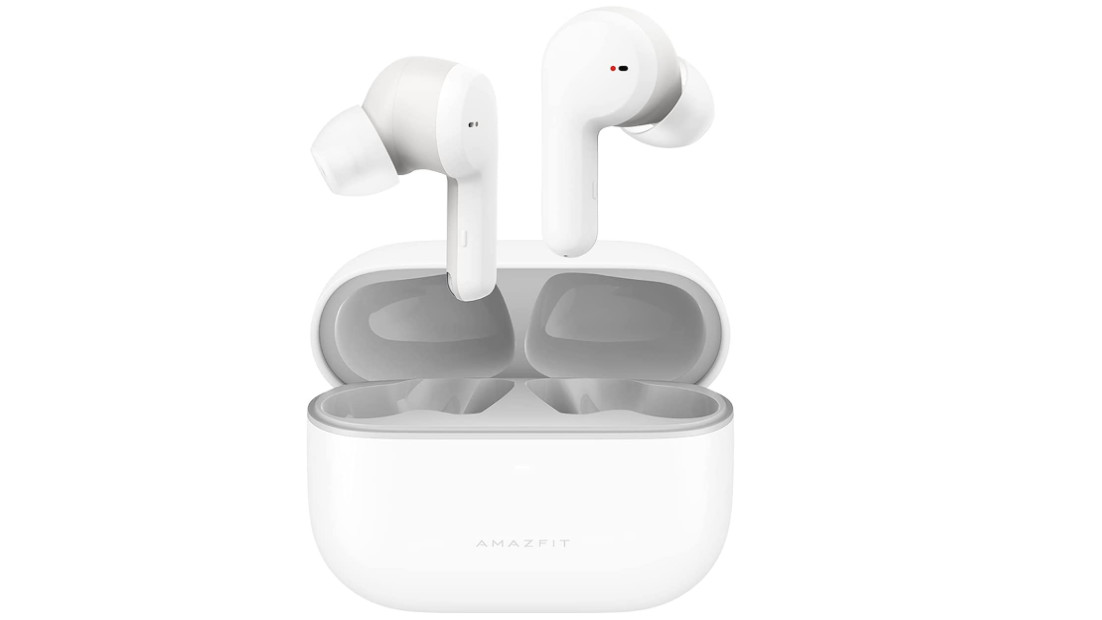
The Amazfit Powerbuds Pro is a unique package, and with good, bass-heavy sound and impressive active noise cancellation, they're well worth investigating if you only want a single set of headphones for both work and workouts
For
- Great, bass-heavy sound
- Effective ANC
- Posture-protecting
Against
- No optional over-ear loops
- High heart rate measurements
- Some tools redundant
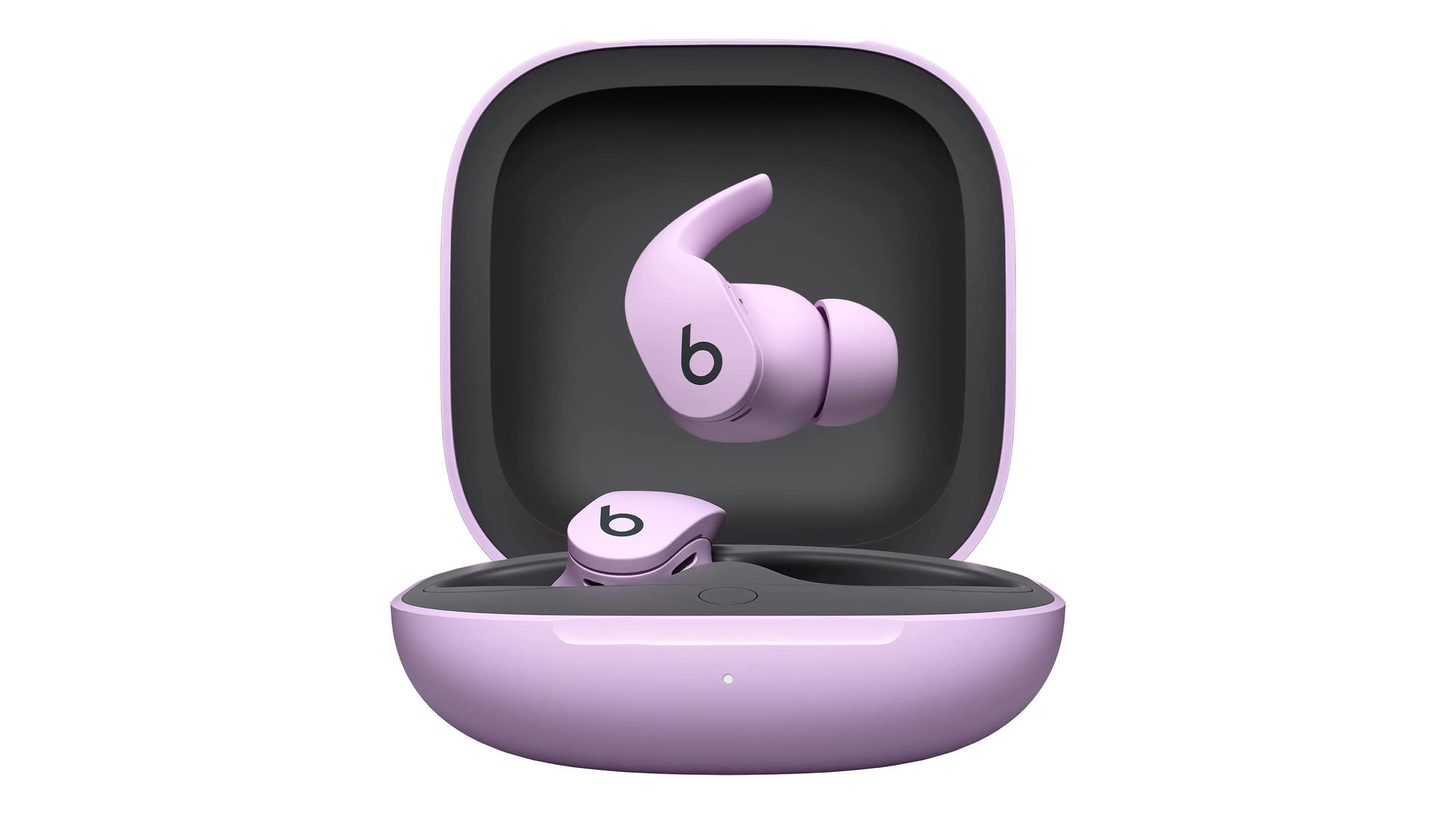
The Beats Fit Pro deliver an AirPods Pro-like experience at a lower price with a robust feature set that includes active noise cancellation, spatial audio support and hands-free Siri on iOS.
For
- Active noise cancellation
- Spatial audio on Apple Music
- Better battery life
- H1 chip
Against
- ANC could be stronger
- Pricier than Studio Buds
- Can be uncomfortable
- Android users miss out on features
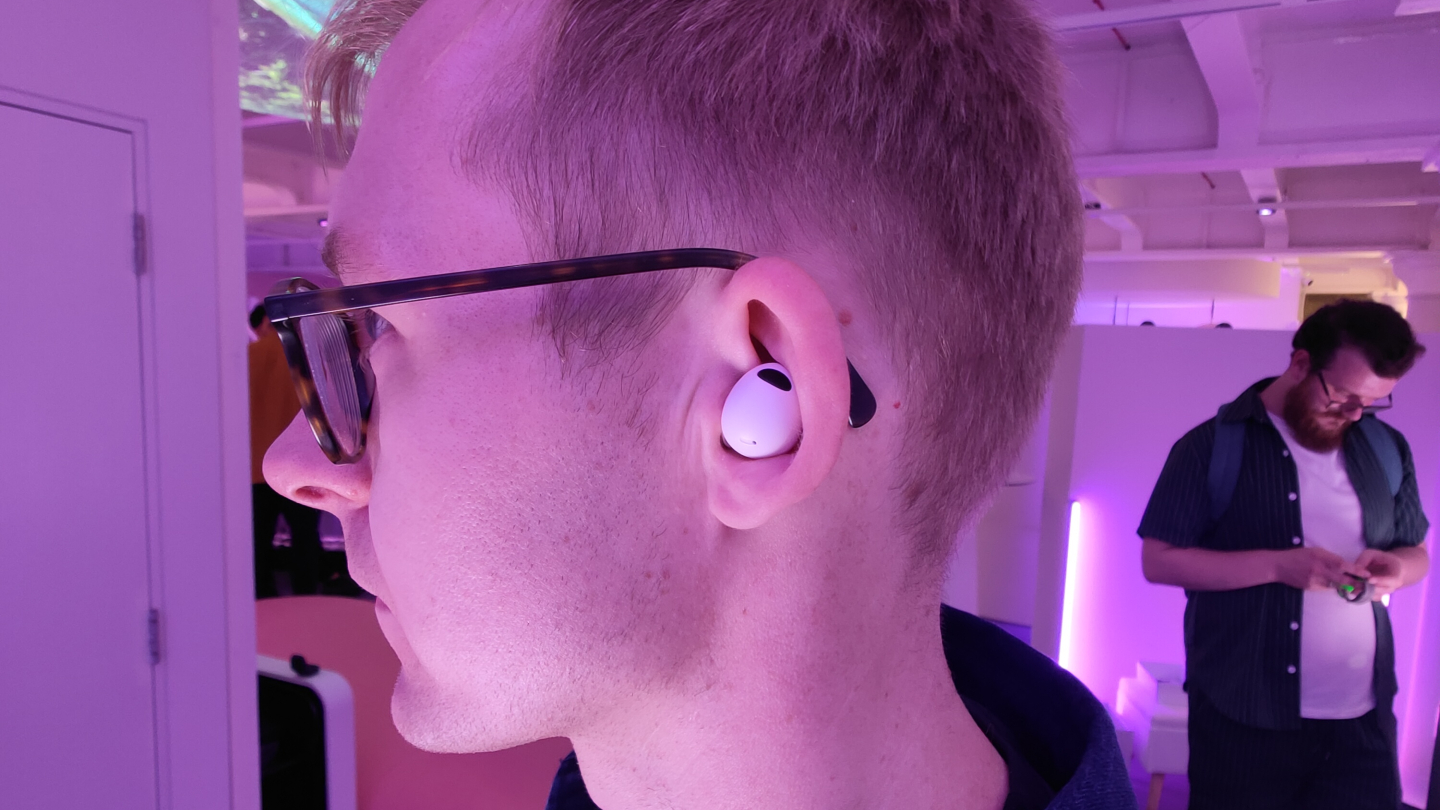
However, just because waterproof headphones aren’t as readily available – you might not find one at the airport tech shop or even at your local Best Buy – that doesn’t mean that they're expensive. You might be hard-pressed to find something that’s under $50 / £50, but you’re also unlikely to spend $500 / £500 on a pair.
Michael Phelps-approved waterproof headphones brand, H2O Audio, has a model – the Surge Bluetooth Waterproof Headphones – that will only set you back $60. It also has an MP3-slash-Bluetooth headphones model, the Sonar, that’s currently discounted at $100.
For a premium option, Cr8 Sounds’ M1 Sport, is just $120 / £104, which isn’t bad and is cheaper than many premium water-resistant options. If you’re willing to spend a little more, the Zygo Solo bone conduction headphones are $299 while the new Samsung Galaxy Buds2 Pro are $229 / £219, and those have an IPx7 rating that means they can get soaked.
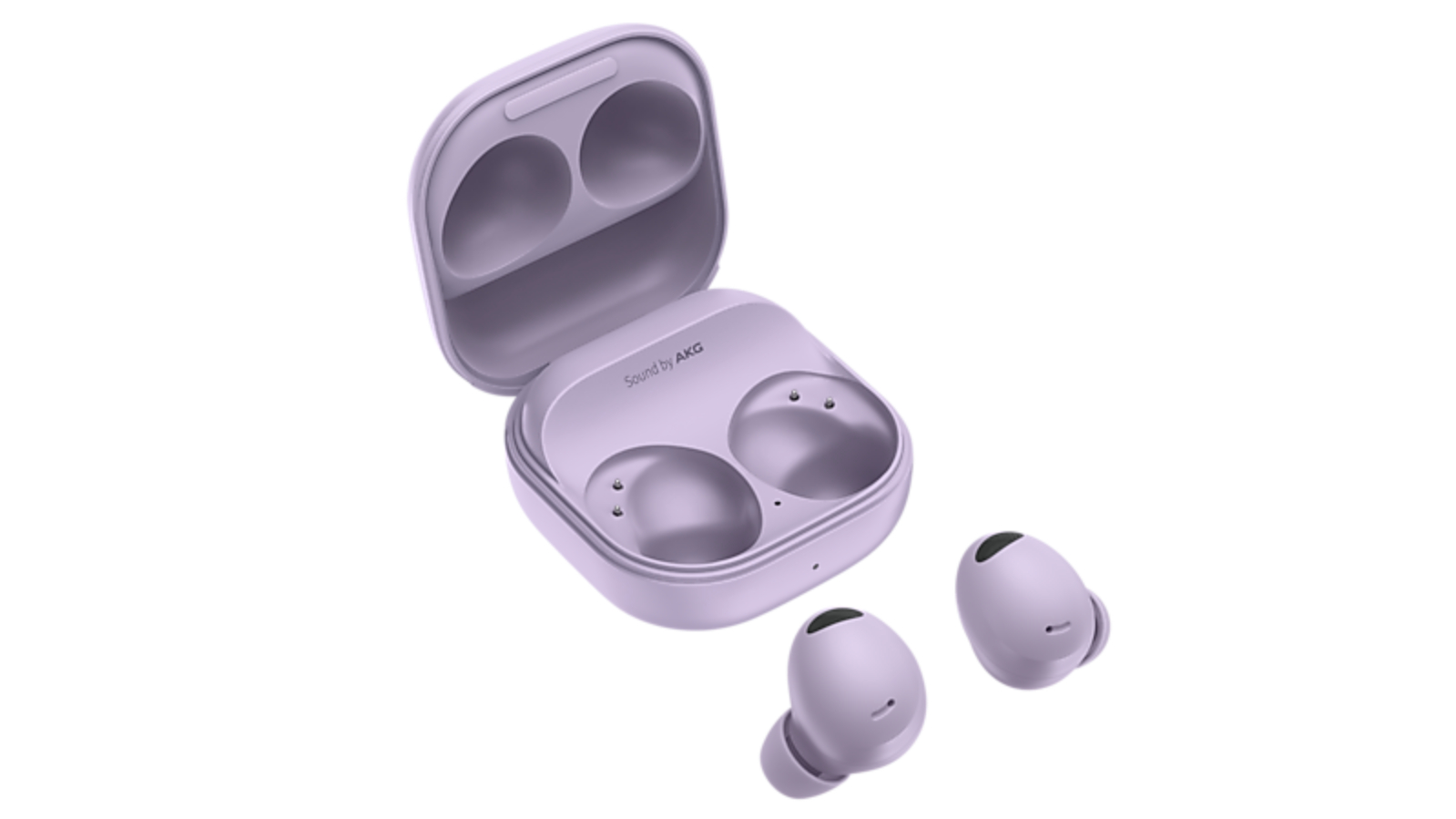
Samsung has finally turned a corner with its Galaxy Buds 2 Pro, which forego futuristic looks in favor of great 24-bit sound, head-tracked spatial audio and a design that fits comfortably.
For
- Smaller than Buds Pro
- Better Active Noise Cancellation
- Great, 24-bit audio
Against
- More expensive than Buds 2
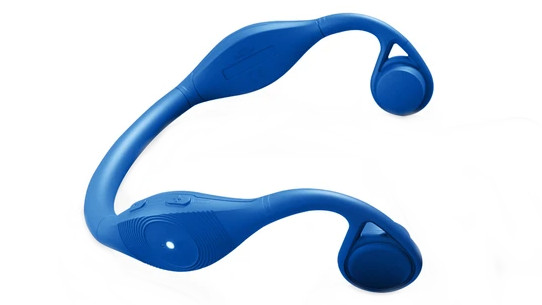
A one-off audio product ideal for swimmers and anyone else who likes an aquatic workout, the Zygo Solo is the only pair of swimming headphones that can stream content from a phone when you’re underwater.
For
- Streams content underwater
- App with workouts
- Easy to set up
- Excellent sound
- FM transmitter also works as a walkie talkie
Against
- Requires a lot of gear
- Works best with earplugs
- No playback buttons
- Charging case has no battery
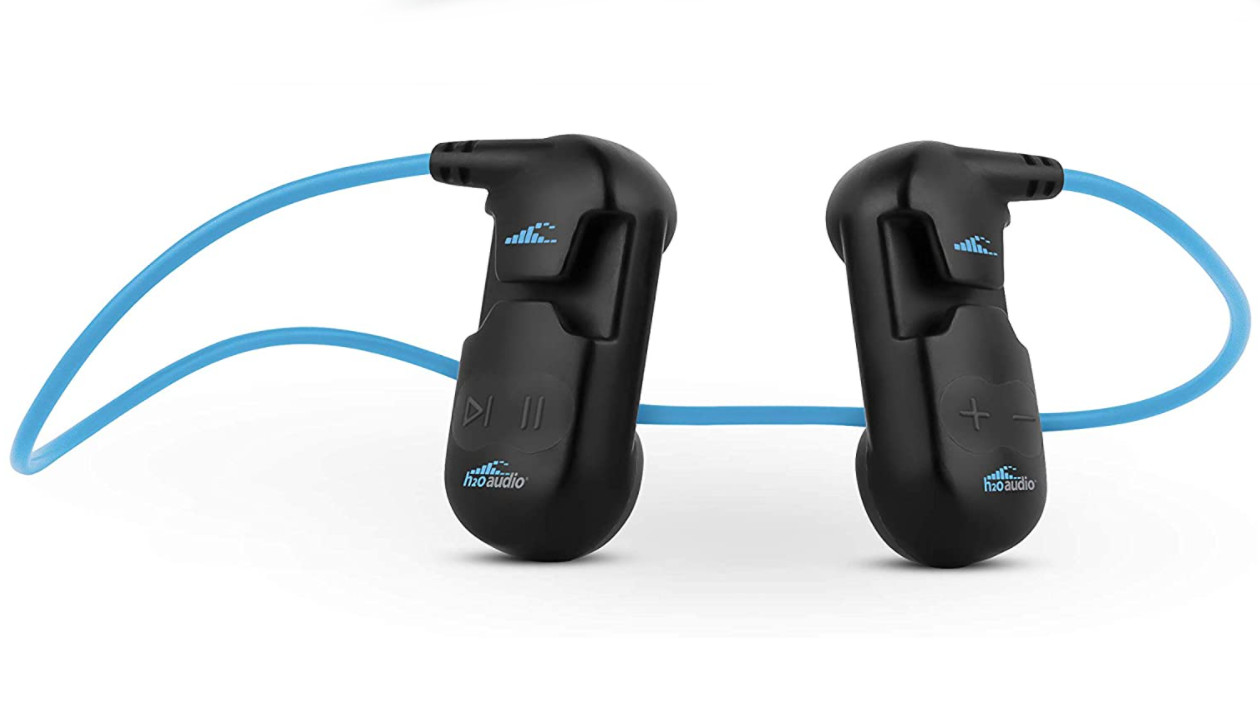
The H2O Audio Sonar is a pair of bone conduction headphones that come with Bluetooth connectivity as well as its own MP3 player with 8 GB of memory and up to seven hours of battery life.
For
- Good sound quality
- Great battery life
- Fast charging
Against
- Need strap or goggles
- Poor Bluetooth range
Water-resistant vs waterproof headphones: which one is best for you?
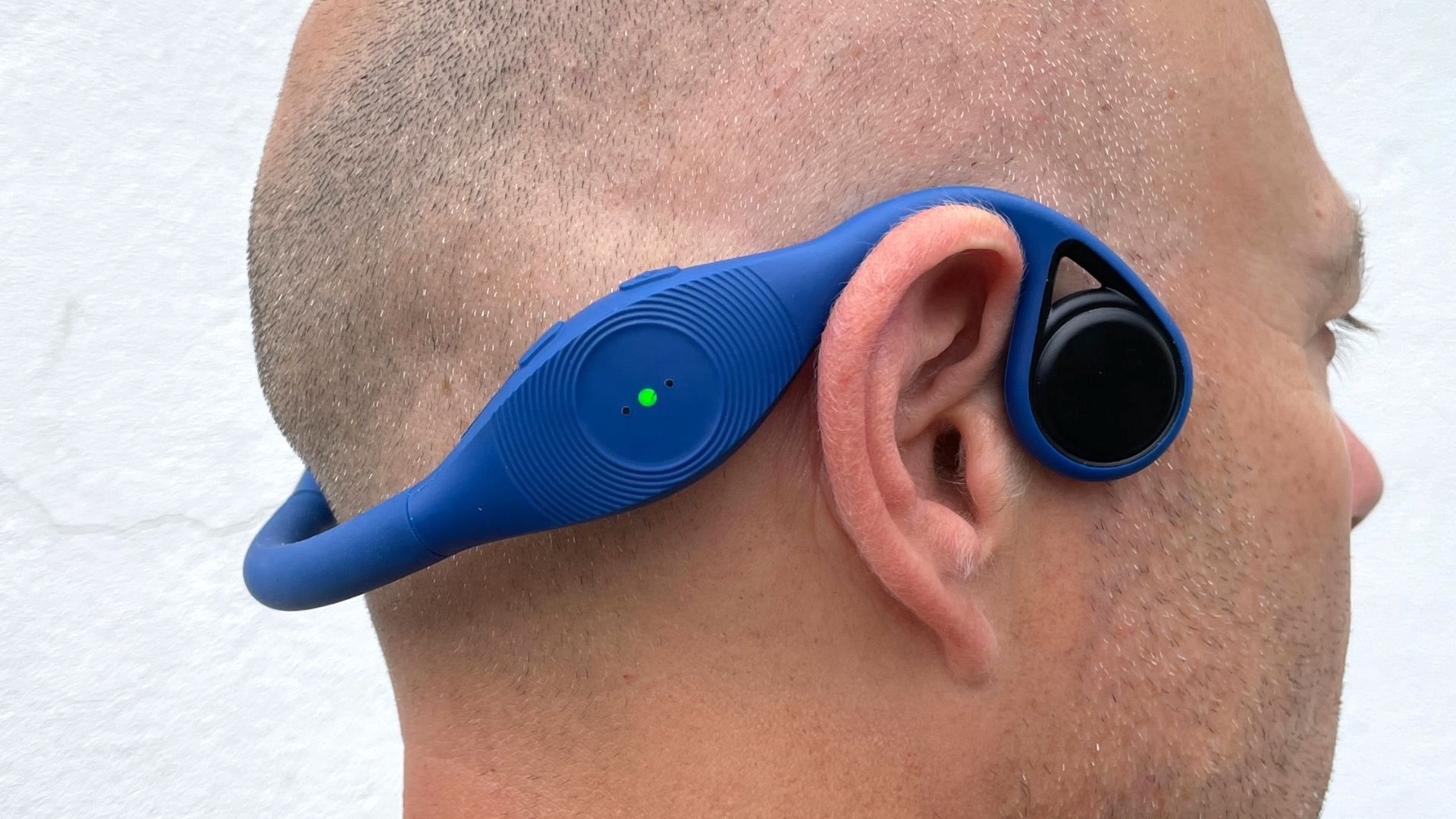
The more appropriate question might be, which type of headphones do you need for the type of activities you do? And, sometimes, it’s not even a one-or-the-other situation. If you’re both an avid swimmer and a passionate runner, for example, then it might be worth it for you to get one of each. However, if you’re on a budget or trying to live minimally, just go with the pair that makes perfect sense for your lifestyle.
Get daily insight, inspiration and deals in your inbox
Sign up for breaking news, reviews, opinion, top tech deals, and more.

Michelle Rae Uy is the former Computing Reviews and Buying Guides Editor at TechRadar. She's a Los Angeles-based tech, travel and lifestyle writer covering a wide range of topics, from computing to the latest in green commutes to the best hiking trails. She's an ambivert who enjoys communing with nature and traveling for months at a time just as much as watching movies and playing sim games at home. That also means that she has a lot more avenues to explore in terms of understanding how tech can improve the different aspects of our lives.